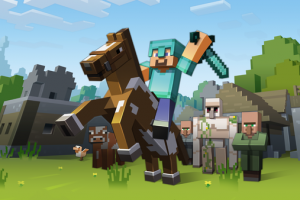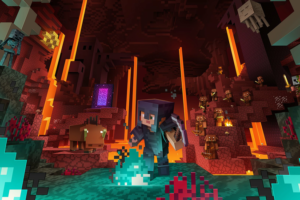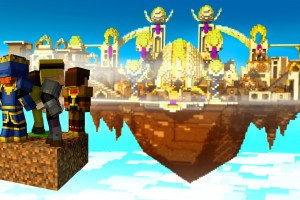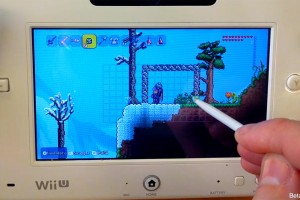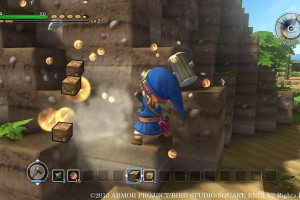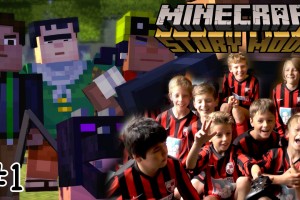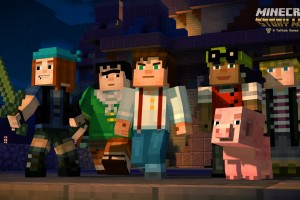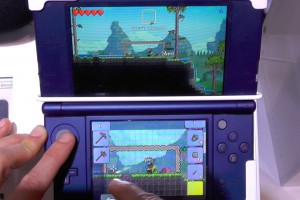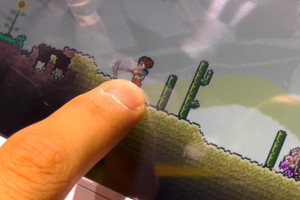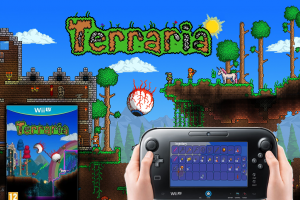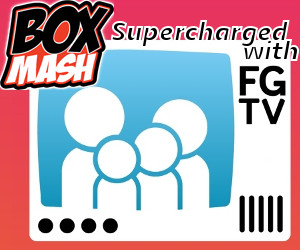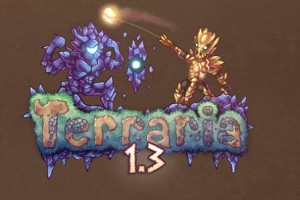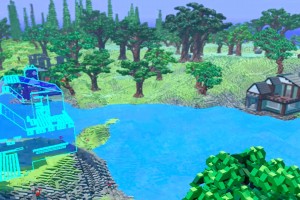In two short years Minecraft has grown from gaming obscurity to big business. Its simple task of mining and building may sound (and look) old-fashioned but this is to miss how ingenious and detailed it is, and how much fun it generates for millions of players.
However, while players revel in the joys of crafting, fighting, sharing and building, playing with skins and Minecraft mods and multiplayer fun with online modes and most recently split screen games on consoles, the question remains…
Is Minecraft really good for children?
Before we look tackle any shortcomings and dangers it has to be said, yes. Emphatically yes, Minecraft is excellent for children. To encounter Minecraft in a family is to discover a completely fresh way to play together that crosses traditional gender and age boundaries. My sons and daughter (6, 8 and 10) happily collaborate, plan, imagine and perhaps most surprisingly all play home-making together.
Even more than Lego games, Minecraft offers a world in which players can focus on construction or simply spend time inventing their own fun. Without the winning and losing states of other video-games these worlds offer immersive landscapes to play in without the usual restraint.
Mine a block of birch, craft it into planks, use the planks to make chairs, stairs and doors. Mine sand, put it in your furnace, add fuel and melt it into glass. These and a thousand other processes underpin Minecraft and make it much more than the blocky world it initially appears to be. Mine the right materials and you can craft potions, armour, axes, food, torches and all manner of useful objects.
Players work to establish a basic shelter, farm animals (sheep, chickens and cows), make fire from flint to cook the raw meat, establish arable farming areas and generally make a home in the world. From there creations can become as fantastical as their imagination and resources allow. All this is a game that is free from the usual big business branding like Disney’s Club Penguin or Moshi Monsters.
This has even led to Minecraft being used in schools and colleges to teach lessons in variety of subjects. Furthermore the Minecraft Edu movement has been set up by educators to provide tools to enable better use of the game in the class room.
Minecraft’s age rating
Rating a video-game is a tricky decision. Minecraft has a 4+ iTunes rating, 7+ PEGI rating and 10+ from ESRB. Taking the high ground, developers Mojang require players to be 13 years or older to set up an account and purchase the game.
These ratings define who the content is appropriate for. Additionally, in my experience players of six years or older are able to control the game and understand what it happening. There is the option to play in a Creative or Peaceful modes that have the night-time attacks and worrisome enemy characters of Survival or Adventure modes removed.
How scary the hostile non-player characters (zombies, spiders, skeletons or green hissing Creepers) are will divide players. Although they only consist of pixellated blocks their plodding attacks that come as night falls in the game will make players of any age a little edgy. There is no blood or permanent death, but those sensitive to horror or shocks may find the Survival and Adventure modes a little too unsettling.
For younger players Minecraft’s ability to offer them a constant stream of things to do can lead to obsessive play without a break. It doesn’t have the natural stop-start of levels and stages that more structured games have. Parents may want to implement regular breaks from the game for younger players, or better still play along with their offspring to experience the game together.
Children online with Minecraft
Playing on an Open server takes Minecraft into the online world (servers can be specified as open or closed when they are setup). This offers larger multiplayer games (in addition to the local split screen games on consoles and single player games on PC) and with that the unknown quantity of other players.
Often players are working together, although some games are competitive. This comes with the ability to send messages to each other, something parents should keep in mind for younger members of the family – both from the point of view of online safety and profanity.
A popular aspect of this online play is the ability to modify the original Minecraft game and create new themed worlds to play in. These modifications (mods) are created by individuals not associated with the original developer and often themed around films and shows like Doctor Who, Harry Potter and Superheroes. Others can be more abstract, strange and sometimes dark. Parents may want to check them first before letting younger players loose on them or again play along together.
Children watching Minecraft on YouTube
Recently, along with the rise in popularity of Let’s Play videos on YouTube (where minor celebrity vloggers broadcast a live commentate on a gaming session) Minecraft has seen a lot of third-party video appearing. There is more appeal in watching these Minecraft Let’s Play videos than parents may expect and they should note that hosts will not curtail their vocabulary for a younger audience and may discuss inappropriate themes.
Minecraft Free
Related to this popularity online is the appearance of “spoof” Minecraft Free sites that appear to offer free access to the software but are actually designed to encourage download and installation of toolbars and other software you may not want on your computer.
The best way to buy Minecraft is via https://minecraft.net/. Minecraft: Pocket Edition is available for iOS (£4.99) and Android (£4.99) – although these doesn’t include all features of the main PC game they are happily free from in-app purchases. For consoles, Minecraft is on the XBLA Marketplace (£13.49) and the PlayStation 3 Store (£12.99).
Minecraft gets ever more complex the more you understand it. There are, however, some excellent resources for understanding how to progress and develop the game. Along with the Official Beginners Handbook there is an Official Annual 2014 and a wide range of videos, forums and resources online to help.
These potential negatives, although essential for parents to understand, in no way eclipse the positive benefits of playing Minecraft in a family. Problem solving, creative building, imaginative play and educational projects abound in this detailed virtual playground provided you know who else might be visiting and what play equipment they may bring with them.



